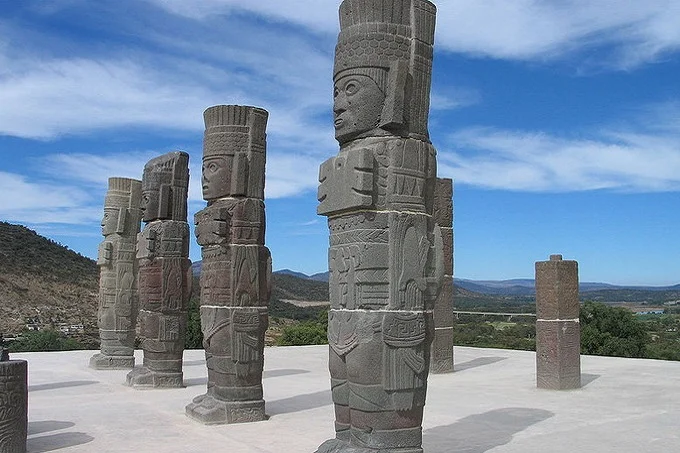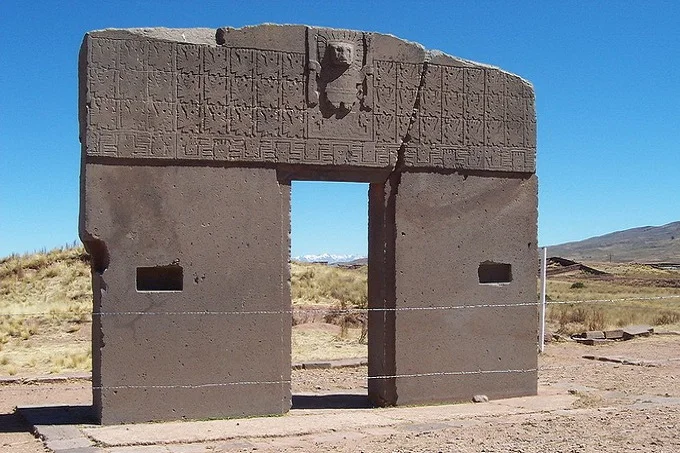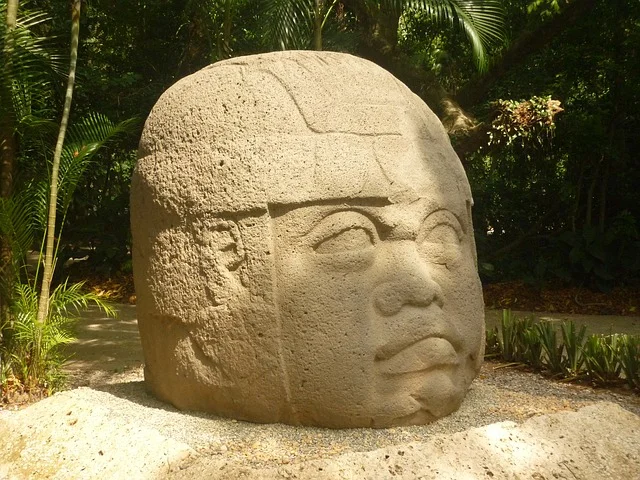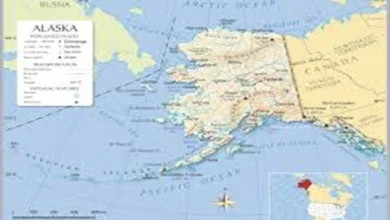What happened in America before Europeans arrived: Mysteries of pre-Columbian civilizations

The year 1492 divided Native American history into a “before” and an “after”. Columbus’s discovery of new continents led to a grim “after”: plundering and conquering lands, the extermination of Indians, and the destruction of their monuments.
One way or another, the culture of millions of Americans at the time was irreparably damaged. But what was the “before”? What was this part of the world like in ancient times before the arrival of Europeans? The longer the study of America’s past lasts, the more strange and mysterious it reveals.
Pre-Columbian reality
The version that in pre-Columbian America one could find only semi-wild tribes of nomadic Indians became obsolete a long time ago. By the end of the XV century, the Northern and Southern continents had time to acquire a rich history, and the first civilizations have appeared here, perhaps, even before the Europeans. It is believed that America was inhabited from the Eurasian continent – at the time when there was still a land “bridge” between Chukotka and Alaska. It occurred approximately 30 to 20 thousand years ago.

As they gradually moved south, the immigrants from Northeast Asia developed according to all the rules of human societal evolution. The community-patrimonial system, then the division into classes, as evidenced by archaeological excavations. The then-Americans understand empires, and some of them disappeared even before the arrival of Europeans (and not through their fault, unlike, for example, the Inca Empire).
The arrival of the colonizers had a negative effect on the cultural heritage of indigenous peoples: objects of precious and simply valuable materials were removed, melted down, and disposed of in other ways, and monuments were destroyed out of contempt for a foreign, non-Christian religion or simply as a result of looting.
But archaeologists and the scientific community, in general, got to a serious study of America’s past – it happened in the 19th century. There were such finds that it was not easy to attribute them to the Indians – theories arose that once there were some super-civilizations on these two continents, then perished, or perhaps they were natives of Europe or Asia – the Phoenicians, the Romans, the Chinese. It seemed too implausible to assume that “wild” tribes could have had anything to do with the found monuments of the American past.
They began to study the cultures that existed in the pre-Columbian era, and the further they advanced into the depths of the centuries, the more mysteries and ambiguities came to the fore. It turned out that it is practically impossible either to find out exactly the reasons for the decline of previous civilizations or to explain the manufacturing technologies or the purpose of some objects of art or structures, or even to decipher the writing of previous civilizations – only the Mayan letter by now has turned out to be readable.

Whether the previous civilizations were “super”, whether the Native Americans resembled the mythical inhabitants of Atlantis, or simply managed to achieve special success in some areas is an interesting and open question. But, one way or another, many centuries before the arrival of Europeans in America, there were amazing naturalistic statues, large-scale architectural structures, cities of many thousands and even a water supply system, ceramics, and jewelry, not to mention the mathematical and astronomical achievements of the ancient American sages.
Home of many cultures
First of all, one should understand how isolated the world of the peoples of America was from the Old World. There are two approaches among scientists – one involves contacts between pre-Columbian civilizations and representatives of various other cultures. This would explain some general patterns – worship of the sun as a deity, the construction of pyramids and mounds, the tradition of mummification, and so on. There are versions that not only Europeans came to the American continents, but also the Japanese, Chinese, Jews, Arabs, Indians, Africans – these assumptions are made by analyzing works of art and products.
Nevertheless, only the fact of the arrival of the Norwegians to the island of Newfoundland at the end of the 10th century remains confirmed, but this contact, if any, did not affect the local peoples. The Vikings who arrived lived in their own community and did not interact with the Native American population. In addition, it was confirmed by genetic analysis that long before Columbus, Polynesians landed on the American continent. All other versions about the influence of other cultures on the formation of American remain unconfirmed.
Olmec is considered the earliest culture in this part of the world; it arose at the end of the 3rd millennium BC. The Olmecs were the first to build cities, erect architectural monuments, and, in general, set the direction for the development of American tribes.
These people left behind, among other things, the first American aqueduct with a length of about two kilometers. Built about three thousand years ago, it was made of basalt, representing interconnected U-shaped stones, covered with thin basalt plates on top.

Another remarkable legacy of the Olmecs is the giant heads, a total of seventeen have been found. From 117 to 340 centimeters in height, they depicted, perhaps, rulers – too much labor was spent on each such monument.
Stone heads were carved out of basalt, which was somehow delivered over tens of kilometers, and the naturalism of the monuments leads to some confusion: no intermediate stages in the development of Olmec art have been identified – at some point they simply began to make extremely “similar” faces. The age of the heads is uncertain, but they appeared no later than 900 BC.
A little more Native American heritage
Many speculations are built on the writing of pre-Columbian cultures, and more than once, those who found an “ancient” stone with an inscription were accused of being forgeries. In all likelihood, the Bat Creek inscription, which was found in an Indian burial ground and supposedly showed a connection between the Indian writing and Hebrew culture, was such a fake.
But there are plenty of real monuments as well, and there is still a long way to go before the inscriptions are deciphered. The La Mojarra stela and the Cascajal block remain silent witnesses of a bygone culture. So are the found kipu, ropes with knots, which were a mnemonic and counting system.
For some reason, giant drawings were created on the Nazca plateau, and it is impossible to see them except from the air. Ancient geoglyphs have also been found in the forests of the Amazon. At this point, it is quite difficult to refrain from sci-fi assumptions – what other meaning can the lines carry, if not a signal to those who have arrived from heaven?
However, from a geometric point of view, the architecture of pre-Columbian cultures is also a unique phenomenon. For a long time, Caral was considered the oldest city in America, located in the Supe River valley in modern Peru.
Caral, which existed already in 2600 BC, is remarkable because it included huge architectural structures in several football fields, and no traces of war – weapons, defensive structures – were found there. For more than half a millennium, the inhabitants of Caral were engaged only in trade but simply enjoyed life – many musical instruments and jewelry were found here. By the way, there is also a geoglyph in the form of a human face nearby.

Pre-Columbian civilizations came and went, and new ones arose on their ruins, often using their predecessors’ achievements and cult objects. The vast expanses of the Americas were home to tribes and cultures ranging from the primitive to the highly developed. Indian tribes, practicing sacrifices, bloody rituals, hunting with simple weapons, and knowing neither writing nor counting, are only one aspect of this voluminous phenomenon.
However, the other strikes the imagination with technology or at least with mystery – to the practical mind of the man of the XXI century, both American and Egyptian pyramids seem completely incomprehensible and exotic.




